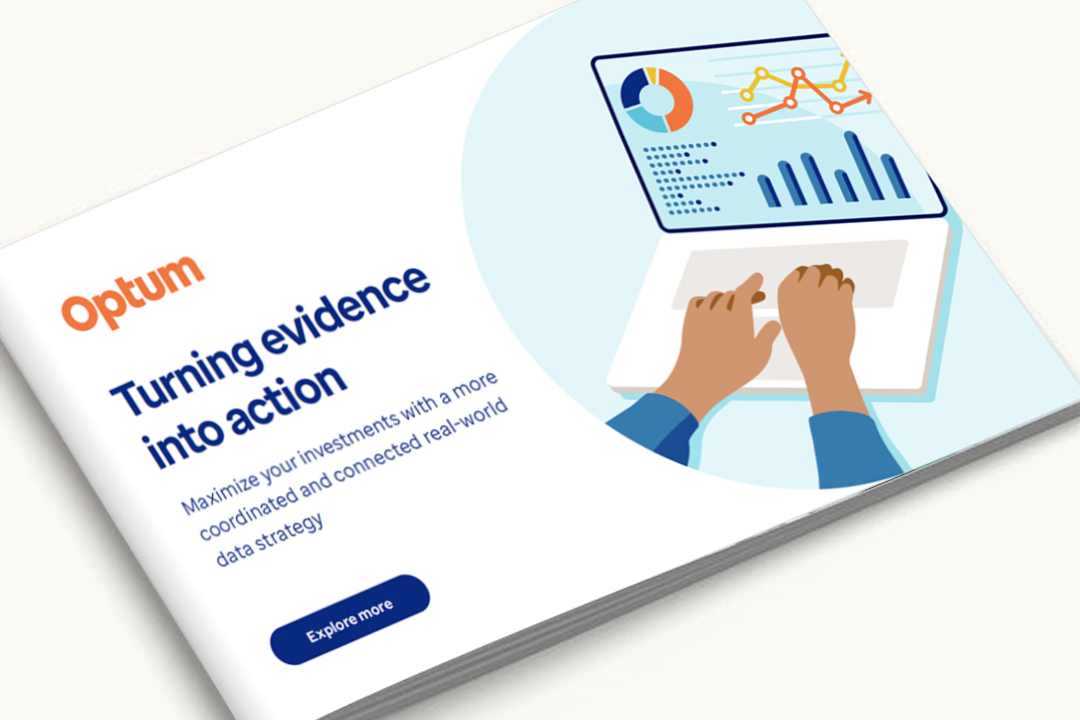To kick things off, Erin, as the resident expert on the design and measurement of value-based arrangements, what are you hearing from life sciences organizations when it comes to these contracts?
It comes down to a 50/50 mix of interest and hesitation. The wider healthcare industry has talked about tying payments and reimbursement to actual outcomes and value for years now, so I think there’s a lot of recognition that the life sciences space needs to get ready to adopt more sophisticated approaches, too.
Change is always difficult, but there are three true hurdles that our industry needs to overcome before these types of arrangements become more widespread.
- The first is figuring out what constitutes a good outcome. That means agreeing to a definition of metrics that are actually measurable in the real world.
- The second is actively following treated patients over time. In the U.S., people change insurers for any number of reasons, and your data doesn’t always follow you from one to the next. Your previous health plan has no way of knowing your current state of health or if one of these massively expensive treatments has worked for you.
- The third is figuring out all the details of outcomes measurement, reporting and financial reconciliation processes. This is one of those complex, headache-inducing messes that doesn’t have a simple answer, and I think clients on both the pharma and the payer sides are looking for ways to make this easier.



![Forging New Paths to Create a Healthier World [E-book]](/content/dam/optum-dam/images/business/pharmacy/transform-real-world-data-ebook-1080x720.png)

